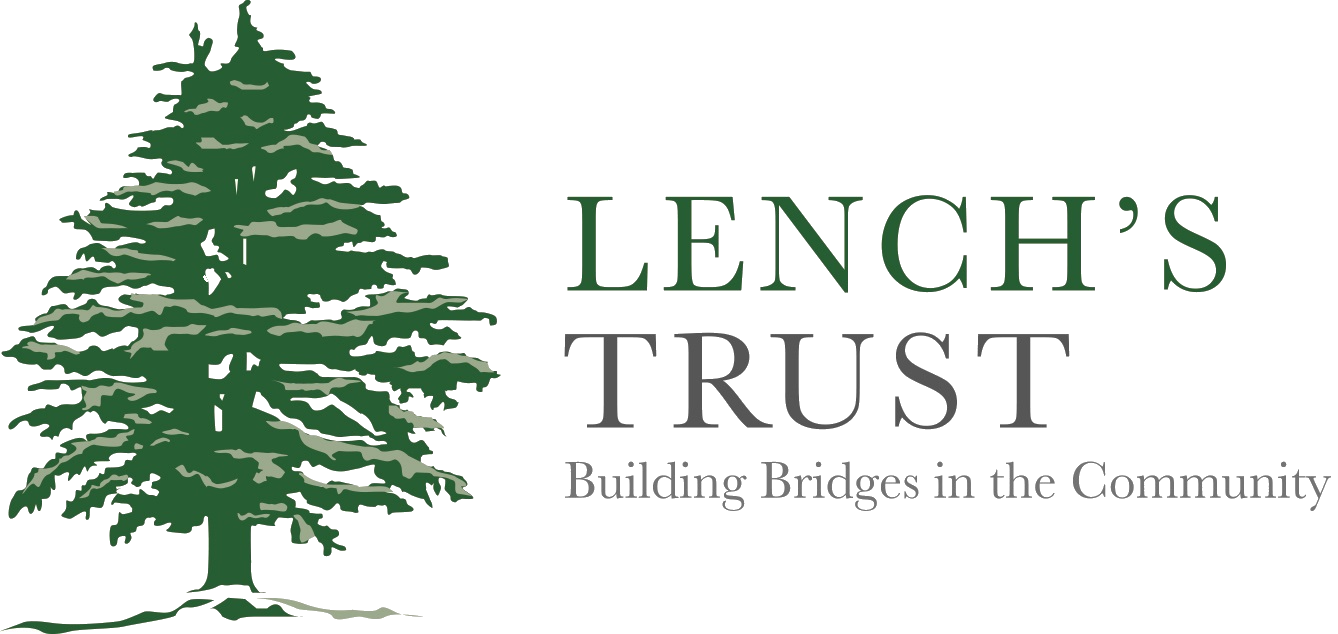
Our History
William Lench, a Tanner by trade.
In 1525 William Lench, a Tanner by trade and living in Moor Street, then called Mole Street, decided to leave his worldly wealth to nineteen of his friends by a Deed of Gift - dated 11th March 1525. His will on the 24th March 1525 asked that the monies be used for works of charity.
In a Declaration of Trust dated 1540, twelve Trustees were appointed to apply and distribute the income and profits. These twelve good men decided that the money should be spent in two ways:
1) In repairing the ruined ways and bridges in and around the town of Birmingham.
2) In bestowing the same on the poor living within the said town, where there was the greatest want.
Until 1838 and the incorporation of the city of Birmingham, the income of the Trust was used for these purposes. After the incorporation, the Trust concentrated all of its resources on looking after the poor, leaving the council to look after the roads and bridges.
The care of the poor and needy was provided by housing (almshouses) and the payment of stipends (pension). The foresight of the Trustees is very apparent, if one considers that state pension provision did not begin until 1911.
The first reference to almshouses in the Trust's history is to Digbeth almshouses in 1639. In 1688 the Trustees built another group at the corner of Steelhouse Lane and Lancaster Street in "rural surroundings", with "an extensive and beautiful view of the country".

Since those beginnings the Trust has gone from strength to strength. These early almshouses have long since demolished with the new ones taking their place - the latest one as new as 2011!



